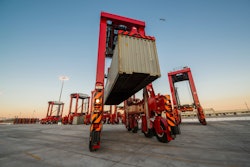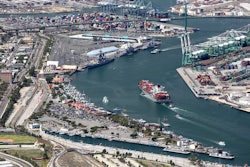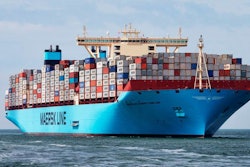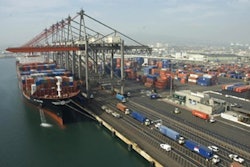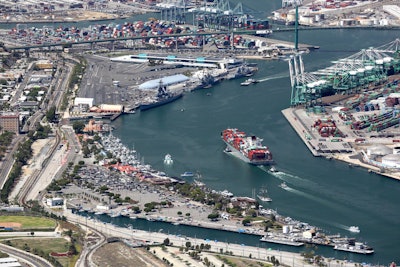
The TraPac LLC’s Los Angeles terminal offers a window on how global trade will move in the near future: using highly automated systems and machinery, with minimal human intervention, to handle the flood of goods that new free-trade agreements will push to the docks, according to The Wall Street Journal.
The TraPac site is one of only four cargo terminals in the U.S. using the technology. That is fewer automated terminals than there are at the Port of Rotterdam in the Netherlands alone.
Many in the industry believe automation, which boosts terminal productivity and reliability while cutting labor costs, is critical to the ability of ports to cope with the surging trade volumes and the huge megaships that are beginning to arrive in the U.S. Analysts estimate the technology can reduce the amount of time ships spend in port and improve productivity by as much as 30 percent.
Supporters of robotic cargo handling are also getting a new showcase this month with the phased-in opening of an automated terminal at the Port of Long Beach, next door to the Los Angeles port. At a cost of over $1 billion to complete and the capacity to handle 3.3 million 20-foot container units—nearly half of the entire port’s volume last year—the Orient Overseas (International) Ltd. site is a big bet on the future.
To read more, click here.




